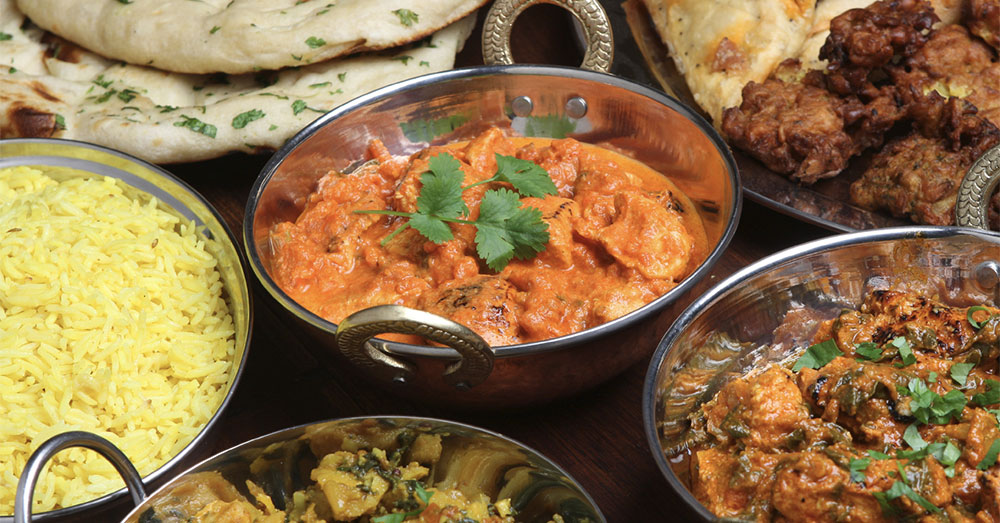Since my son and I were both diagnosed with Autistic Spectrum Conditions, my wife has sought out relatable information about having a differently-wired brain. One of her go-to sources is the ADHD Love account on Facebook. (I’ve abandoned my account, but they’re on Twitter, too. Rich and Rox who run ADHD Love are a married couple; Rox has ADHD, Rich doesn’t. Between them, they have produced a huge amount of content helping people with ADHD and those who love them, but the greatest gift our family got from Rich and Rox was a single word: ‘neurospicy’. This is how they (and others) describe being, well, not neurotypical.
I like the idea of being neurospicy, as opposed to neurodivergent. Being neurospicy seems… zingy, energetic and just more positive than ‘neurodivergent’. The latter term is, of course, accurate and relatively neutral, at least in intent, but it’s clinical. Sterile. Not fun.
But given that my Nando’s order is always five wings, Extra Hot, I was always going to be drawn to the idea of neurospiciness. I immediately began working out how a spicy scale might work in our house, where all of us have something that helps us to think untypically. Because I love Indian food, I’ve used curries to compare my clan, but you could use any measure you like. It’s totally unscientific, just a bit of fun and specific to the four of us.
On our scale, a neurotypical person would be a Korma. The entry point to the cuisine, a Korma is dependable, consistent and available absolutely everywhere. This makes my wife a Biriyani. She’s dyslexic, so is definitely neurospicy. She likes the comparison to a Biriyani because she “sees everything everywhere and it’s full of veg”.
Next up is my eldest child, who considers herself a Balti. This is a pretty accurate choice for a teenage girl who, as I wrote earlier in the week, isn’t yet formally diagnosed but has a rich and complex set of traits, SpIns and strengths. She’s medium spicy, if you will.
So, where does that put me on the menu? After all, being autistic has given me both significant skills and fairly big challenges. It influences literally every aspect of my life. I reckon that makes me a Vindaloo. The Vindaloo is pretty ubiquitous but is an acquired taste and not for everyone. I can relate to that!
My boy has a lot going on. He’s autistic, but also has Global Development Delay, speech issues and is waiting for an ADHD assessment. So he’s definitely spicier than I am, but what beats a Vindaloo? The answer is: a Phall. More or less the hottest thing you can get in a British curry house and so packed with heat that not every restaurant will sell it, a Phall is for adventurers. For those who like a challenge and are prepared to risk their Ruby keeping them up all night! Raising our son is definitely a challenge and he’s more than capable of keeping us up all night but it’s also an adventure and an education, every single day.
There are people out there whose needs are even more complex than our son’s, whose Dads might tell me, as we gathered around a pub table: ‘Nah, mate. Your kid’s a Madras, at best. Now, my girl, she’s a Phall, easy’. But that’s kind of why I like the curry analogy. Our go-to place has around 140 main course options and that’s before you think about rice, naan, starters and sides. On the superb podcast 1800 Seconds on Autism, they always say that ‘if you’ve met one autistic person, you’ve met one autistic person’. Just as my strengths, challenges and support needs are different to anyone else’s, that’s also true of what I order at the curry house (and whether anyone else gets a taste).
However neurospicy we are (or aren’t), we all bring something unique to the table. You don’t have to share your bhunas, but do, please, be open-minded and kind-hearted. Sometimes, even the boldest adventurer needs some Raita to take the edge off the heat.
